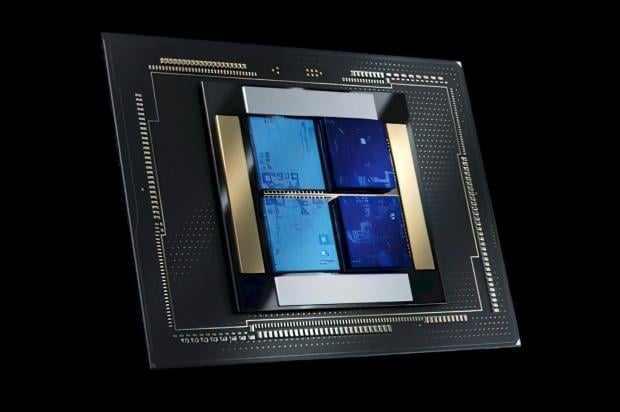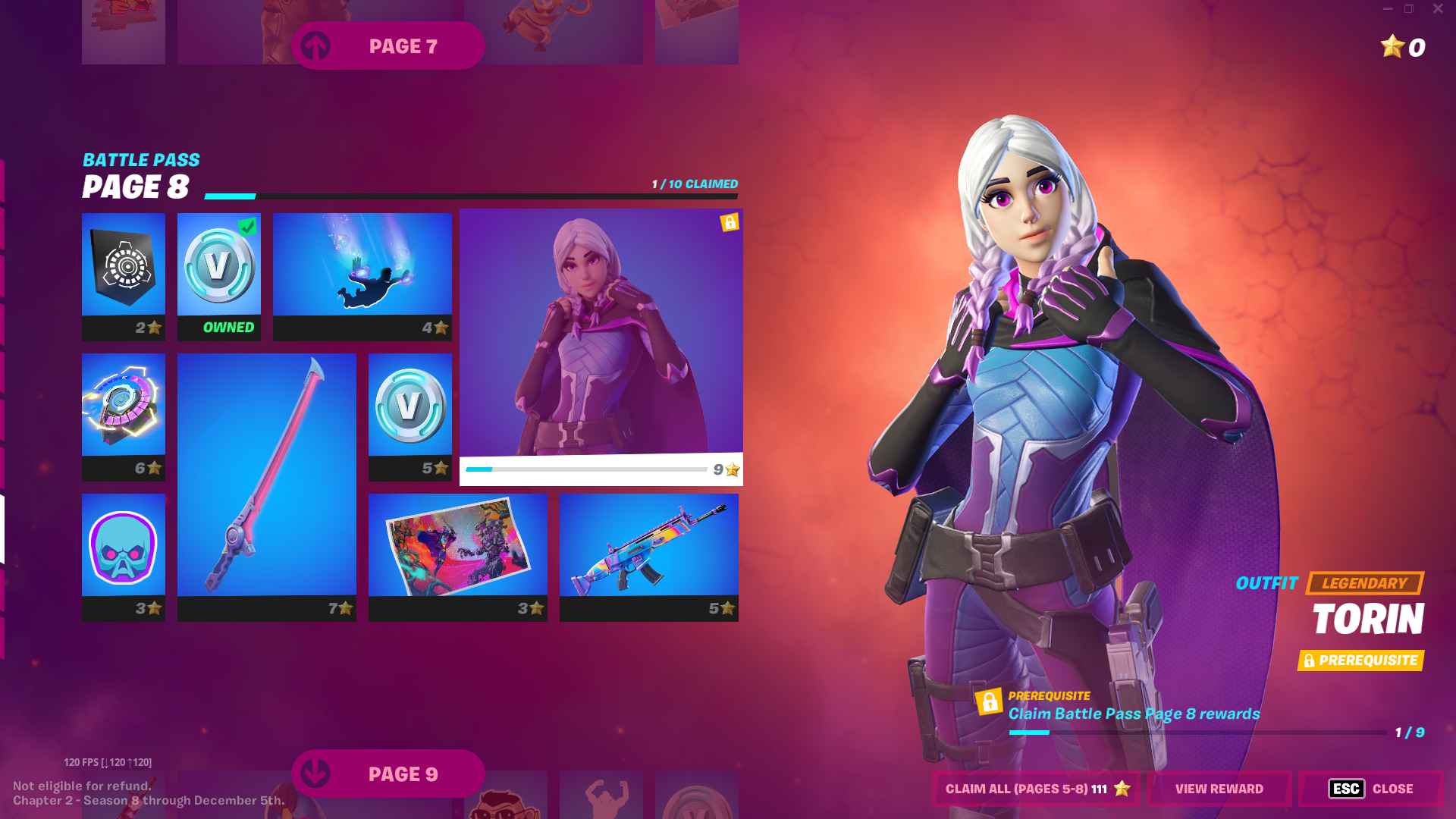Blizzard's Overwatch is among the most popular multiplayer games ever released, but, surprisingly enough, it did not spawn an army of clones: the games inspired by Blizzard's titles haven't been a lot, and most brought interesting twists to the formula. Ninja Theory's Bleeding Edge is, in some ways, among these titles, but the inclusion of mechanics lifted from hack and slash games and MOBAs make it more than a derivative game. While the game does feel a little barebones in its launch state, Bleeding Edge can provide a lot of fun and has a lot of unrealized potential.
Bleeding Edge's premise is incredibly simple: two teams made up of four players compete in two different play modes, Objective Control and Power Collection, and the team reaching scoring the required number of points first wins the match. Things, however, are not as simple as they sound as, there a lot of variables involved, such as team composition and maps.
The Bleeding Edge character roster is extremely diverse. The 11 launch characters are divided into three different types - Damage, Support, and Tank. While players in a team are free to choose whichever character they prefer, a balanced team composition is extremely important to win games. The most balanced combination seen so far are two Damage characters, one Support, and one Tank, but it's possible to win with any combination, granted the team can coordinate well and adapt to the situations as they present themselves. Additionally, players are not stuck to the same character for the entirety of a game, as it is possible to switch them right before respawning after getting defeated.
The Bleeding Edge character roster is among the game's best features. The gameplay and aesthetic design of each character make them feel unique. Characters range from the Melee fighter Daemon, who uses stealth and shurikens to defeat unaware opponents, the Support fighter Miko, who can stand her only during a fight while creating protective fields around her allies, the Ranged fighter Maeve, a cyber witch who can imprison opponents and blast them from afar with ranged attacks, the Tank Buttercup, a young lady riding a motorcycle who can grapple enemies from afar and so on. All characters come with a basic combo attack, three different skills with a cooldown timer
and a special technique that can be activated once charged fully.
and a special technique that can be activated once charged fully.
While the three skills and single basic combo attacks may feel limited to character action games fans, Bleeding Edge's characters feature a surprising amount of depth, as many of the skills have both offensive and defensive uses. Daemon and Nidhoggr RB dash skill can be used to close gaps with enemies, but also to escape from combos, in case a dodge cannot be performed. Miko's freezing attack can be used to dish out a lot of damage, but also to freeze an attacker and escape from a combo that could kill her. Mods obtained by leveling up characters can be used to customize each character's skills, giving even more depth to the experience.
Bleeding Edge feels a lot like Overwatch, especially in regards to character design, but the game is more akin to MOBAs in a lot of ways. Despite the good level of gameplay depth, there is simply no way that a single player can survive alone for long. Teamwork is the only way to succeed in Bleeding Edge, as all character's defensive options, including the dodge maneuver, are not enough when up against more than a single opponent. For this reason, teams that stick together and have proper positioning have a winning chance: no coordination always means utter defeat and an experience that feels very frustrating. To help teams coordinate, Bleeding Edge offers a plethora of tools, such as a ping system, voice and text chat, but not many players use them as of now. As time goes on, and players learn the game better, they are likely going to be put to much better use.
The two play modes currently available in the game, the already mentioned Objective Control and Power Collecting, are quite. Objective Control feels more traditional: to earn points, players will have to claim and hold objectives found in different points on the map. Some of the maps feature moving objectives, which spices up the experience. The other mode, Power Collecting, sees players collect power cells during the collection phase and deliver these cells during the delivery phase. The interesting thing is that players will drop cells once defeated, turning the moment between collection and delivery phases into a frantic hunt for the players with the most cells to steal.
Despite the cleverly designed maps featuring a variety of obstacles and traps which can be used to one own's advantage, and a few temporary bonuses to collect, such as constant healing, attack power, and defense up, Bleeding Edge starts feeling repetitive fast. Two play modes are just not enough to keep players engaged for tens of hours, and the progression system is currently limited to mods and aesthetic unlocks. A ranked mode and a leaderboard would have made things a bit more engaging for the long term.
Bleeding Edge is far from the best looking game we've seen, but the cel-shaded style complements the art style very nicely, as both characters and locations look vibrant. The game also runs rather well on PC. The PC used for the review, featuring an i7-3770 CPU, GeForce 980 Ti, 16 GB RAM, had no trouble running the game smoothly at 1400p resolution. There is some stuttering during matches, but that is related to connectivity, as no netcode can produce a smooth experience with players connecting from all over the world in a single match. Despite this, rubber banding has been minimal, so things are looking good on this front and can only improve in the future.
In its launch state, Bleeding Edge is a fun game to play for a few hours, but it can get repetitive quickly due to the limited selection of play modes and player progression. With more content, however, it has the potential to become a huge hit, so the ball is now in Ninja Theory's park to make it happen.
PC Version tested. Review code provided by the publisher.







_title.png)




























